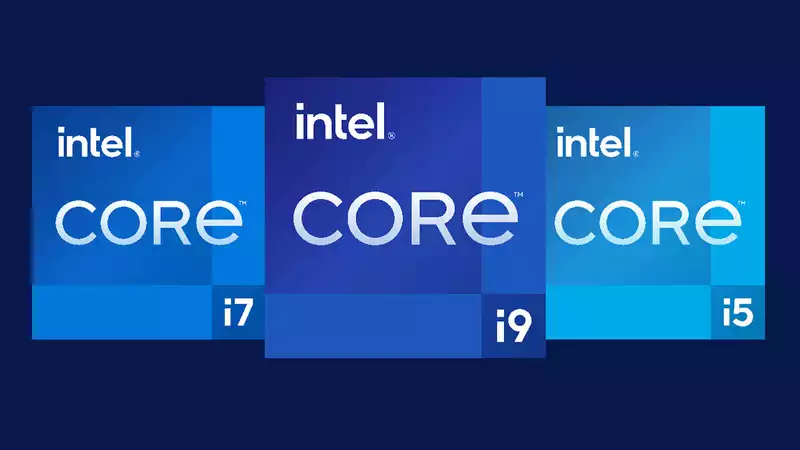Intel has revealed the details of its 11th generation Intel Rocket Lake-S processor, coming by March 2021, this new CPU architecture will bring an entirely new architecture and Intel Xe graphics to desktops.
Skylake appears to finally be put out to pasture in Intel's 11th generation after five generations of desktop chips were manufactured using this architecture. Instead, a new architecture blends both the core architecture of Intel's 10th generation Ice Lake mobile chips (Sunny Cove) and the graphics architecture of Intel's 11th generation Tiger Lake mobile chips (Intel Xe), Cypress Cove will be available.
Intel claims that this will result in a double-digit percent increase in instructions per clock (IPC), helping to "deliver amazing performance and flexibility to meet the varied needs of gamers and content creators."
Other improvements include: PCIe 4.0 support for up to 20 lanes, support for new media encoders (HEVC, VP9, SCC, AVI, up to 4K60), deep learning boost for AI workloads, memory speed improvements, new over clocking capabilities, and new Intel UHD graphics with Intel Xe.
Currently, the only product shipping with Intel Xe is Intel's 11th generation Tiger Lake mobile chip. For an idea of what this architecture looks like, check out our Tiger Lake Deep Dive, and we know that Intel plans to incorporate this new graphics architecture into a future discrete gaming GPU (DG2) at some point, but before that we will get a taste of it on our desktops.
That might not be too exciting, considering that it will combine one of Intel's high-end processors with a powerful GPU from Nvidia's RTX 30 series or the soon-to-be-released AMD RX 6000 series.
Intel also plans to announce a new 500 series chipset with Rocket Lake-S on the desktop, although some rumors surrounding the launch of 10th generation CPUs and compatible Z490 motherboards suggest some backward compatibility.
The big question remains: does Intel Rocket Lake have what it takes to beat AMD's Ryzen 5000 series? With AMD also making significant IPC and gaming performance improvements in its next-generation processors coming next month, Intel may need to pull out all the stops to challenge the red team.
What a strange turn of events.
What is also a bit odd is that Intel takes a step back in terms of core count to offer a new architecture; Cypress Cove's maximum core count is 8 cores and 16 threads, a slight drop compared to the Intel Core i9 10900K with 10 cores and 20 threads. AMD also leads in core count with the 12- and 16-core Ryzen 9 5900X and Ryzen 9 5950X.
The bottom line is that much of what has been leaked sporadically over the course of this year has been true. Nevertheless, it is reassuring to know that everything is available in official PDF format.
What is not mentioned in the official documents is the process node Intel is using for Rocket Lake, but Intel has in the past confirmed that Intel Alder Lake, a hybrid chip architecture to be announced in late 2020, will be the first 10nm desktop chip. That leaves only one process left: 14nm.
Now that Intel is fighting back against AMD with an entirely new architecture, and Nvidia and AMD seem to be competing against each other in graphics card performance, we are entering an incredibly exciting time for PC gaming on all fronts. Such competition is like an injection of adrenaline into the heart of PC gaming. Affordable 4K gaming, here we come.


Comments